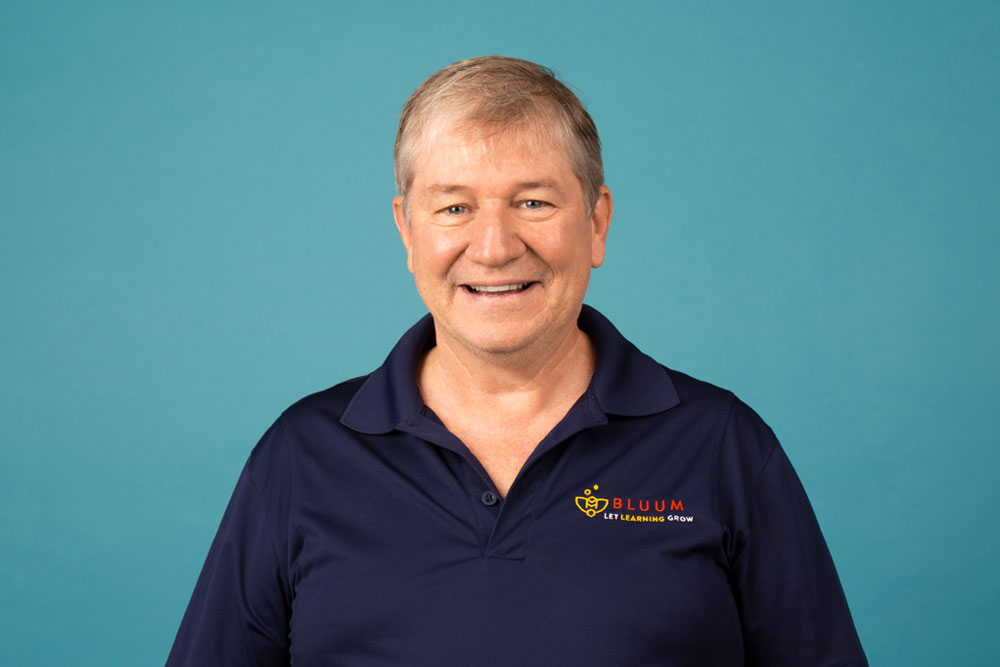
Defining Quality Deserves More Thought Than A Graduation Rate
By Angel Gonzalez
Idaho’s State Board of Education President Don Soltman shared some data on graduation rates that triggered angst among educators and policy leaders. Recent figures from the 2013-14 school year showed Idaho ranked 41st in the nation with a graduation rate of just 77.3 percent*. Stoltman presented this information along with especially troubling details that virtual charter schools and alternative schools graduated a drastically lower percentage, 20 percent and 36 percent respectively. These numbers triggered a quick response from the virtual school community. Kelly Edington, head of the Idaho Virtual Academy, released a statement sharing that virtual schools serve only about one percent of public school students in the state (1.7 or so), and pointed to the new federal guidelines requiring a four-year cohort graduation calculation as the reason for the overall drop in graduation rates from previous years.
No one denies that Idaho needs to boost its four-year high school graduation rate. But, we need to tread carefully when we begin to lay blame on a specific set, or subset, of public schools. Students who enroll in alternative schools come into these programs often with limited options because of challenges they face at home and previous schools that were not able to meet their needs.
According to 2015-16 enrollment data provided by the State Department of Education, there are 55 brick and mortar schools that serve approximately 4992 alternative school students in the Gem State. Four of the nine virtual charter schools serve 762 alternative school students. All of these students are considered at-risk under state law, many have been separated from school for some time, dealt with emotional and social behavioral challenges, and/or have performed poorly in a traditional school setting. Some young people are referred to these alternatives, but many choose to attend them because they hope to finish high school and move into higher education or the workforce. These goals are a tough task for vulnerable students and without a strong academic environment many will not graduate within four years.
This is not making excuses, particularly for virtual schools who do not primarily serve alternative students, but it is important to put these graduation rates into a larger framework.
Many states around the country have yet to determine how to best measure the quality of alternative school education. Our own state has not yet publicly shared what academic success means for these schools. This makes sense for a number of reasons—schools have not received accountability ratings since 2012-13 as a result of adopting the new ISAT. Furthermore, the state does not simply want to lower standards for alternative schools. Alternative schools need to be thoughtfully assessed through a framework that takes into account a broad range of metrics unique to their school setting and student population.
The conversation about the quality of schools that serve alternative students is missing some important information. Developing a statewide framework to measure the performance of these schools will provide families and education stakeholders a clear sense of how these schools make gains for young people. There is also an important opportunity to publicly highlight good models worth replicating. This would yield lessons that can be shared among school leaders, policymakers, and a broader community who want to understand and improve alternative schools in the state. Currently, Idaho has many of the pieces of data the puzzle needed to create a strong accountability framework for these schools. It just has to embark on the tough task of figuring out how they fit together.
In planning ahead, there are two concrete steps that should be taken to move things forward:
- Use accountability metrics that are specific to the context and mission of alternative schools
Students who attend alternative schools may graduate in five or six years instead of the four, which is the current figure that we are using to compare graduation rates. This, however, is only one piece of data of a larger framework that is necessary to understand alternative schools. Alternative schools should be measured on academic growth and proficiency that is compared to the performance of similar schools. Metrics also need to measure whether these schools are re-engaging students in school and offering pathways for a better future. Examples of these metrics could be credit completion rates, daily attendance averages, socio-emotional well-being surveys, and career-technical or dual-enrollment course offerings.
- Look at what leading states are doing for insights
States like Colorado have been pathfinders for this work. Looking at what other states have done would offer some useful insights. But, it is important to know that we must create a framework that is right for Idaho’s students. While these other states can give us ideas, Idaho’s alternative accountability system has to also be informed by what our schools need.
The current discussion on graduation rates shows that we need to know more about alternative schools. As the state sets out to define what quality means for all schools, it is imperative that we consider how to best understand alternative schools. The thousands of kids who attend them deserve it.
—
*After the publication of this blog, Idaho’s State Department of Education released the 14-15 graduation rates which increased to 78.9%.
Have something to say? Find us on Facebook and Twitter to share your comments!




